How to Tell If Silver Is Real
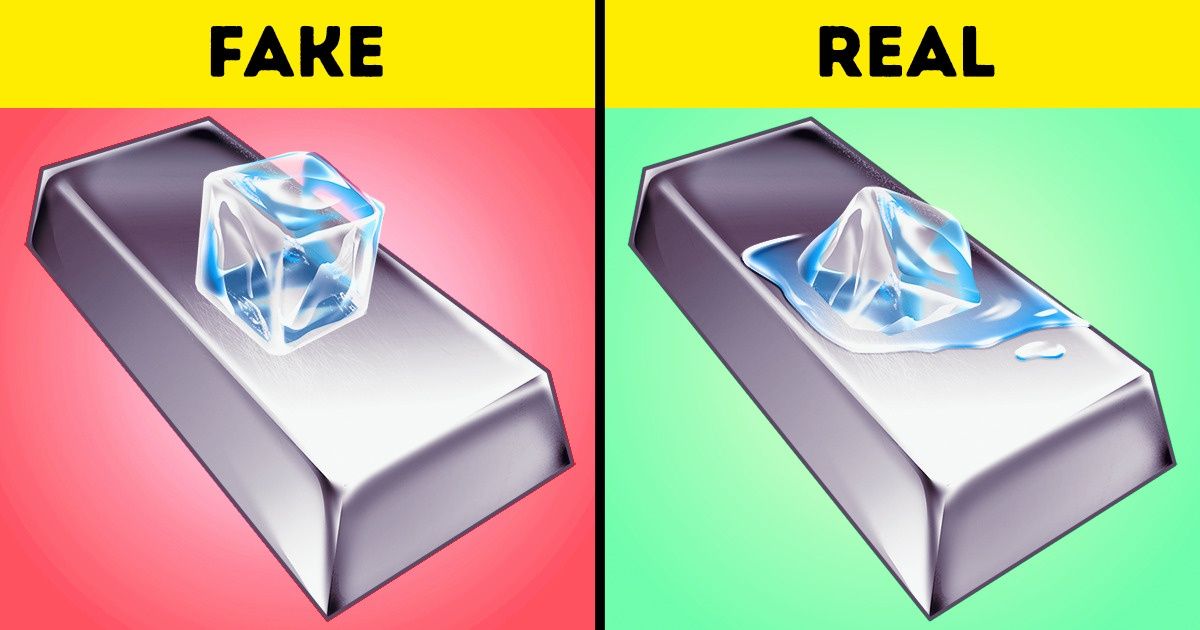
Silver is a soft metal that tarnishes over time, so in its pure form, it’s unsuitable for many items, among them being jewelry. That’s why it’s usually mixed with other metals, such as copper. Most commonly, you’ll find an alloy known as sterling silver (92.5% pure silver). You might also stumble upon Mexican silver (95% pure) or Britannia silver (95.84% pure).
5-Minute Crafts compiled different simple techniques to help you tell if what you have is an authentic alloy with a high percentage of pure silver or not. However, the most reliable way to know is to go to a professional that will perform an acid test.
1. Look for authentication hallmarks.

In many cases, authentic silver jewelry will be imprinted with the .925 stamp, meaning that it’s sterling silver with 92.5% purity. Normally, those stamps are small and in discreet places.
What you’ll need:
- A trustworthy database to compare hallmarks (optional)
Instructions:
- Look for the hallmark stamp on the inside of your silver ring or the underside of a bracelet, for example. If your item has a .925, chances are you have real sterling silver in your hands. Mexican silver has a relatively loose system of stamps, some of which you can find in specialized databases. Britannia silver, at least in the UK and in Ireland, must have a 958 hallmark, but that may vary in other countries.
Note: Not every piece of real silver in the world will have a marking. However, in some countries, like the US, this hallmark is compulsory.
2. Perform the magnetic test.
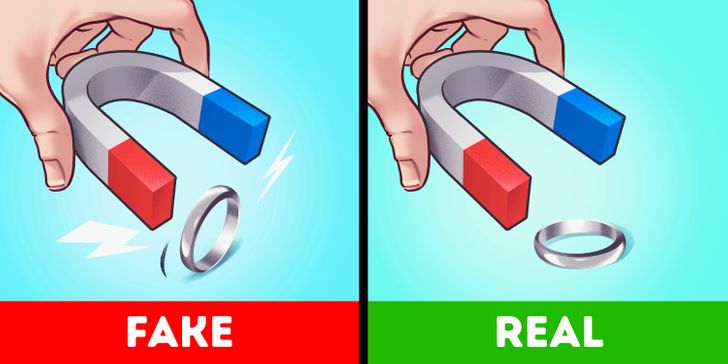
This method is mostly used to confirm that you own a falsified silver item since silver isn’t magnetic like iron or other metals.
What you’ll need:
- A small magnet
Instructions:
- Place your silver item next to a magnetic surface, such as a little magnet.
- If your item is connecting to the magnetic surface, it’s not silver.
3. Inspect the item using your sense of smell, touch, and sight.
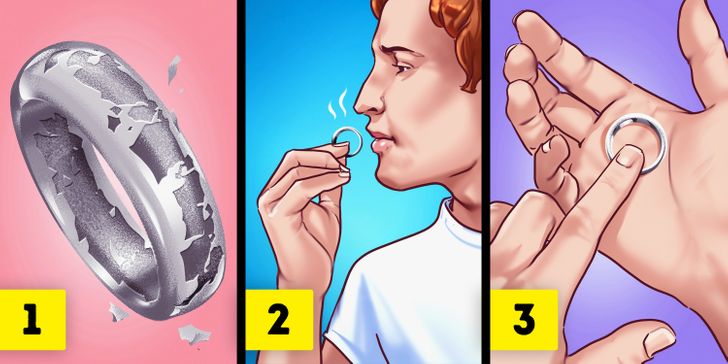
Silver is easily distinguishable from other metals because it doesn’t smell and it’s smooth, soft, and bendable to a certain extent. Plus, it has a specific shine.
What you’ll need:
- Your silver item
Instructions:
- Inspect your item visually. Be on the lookout for distorting colors, peeling, or layers of metal. If you see any of these, it’s probably fake silver.
- Smell the piece of silver. If it has a distinct metal smell, like sulfur or something unnatural, it’s not sterling silver, let alone a more pure alloy.
- Feel the item. If there are bumps, or if it feels scratchy, you likely don’t have silver. If it’s very sturdy, that’s also a sign of a different element.
4. Check if the item tarnishes or not.
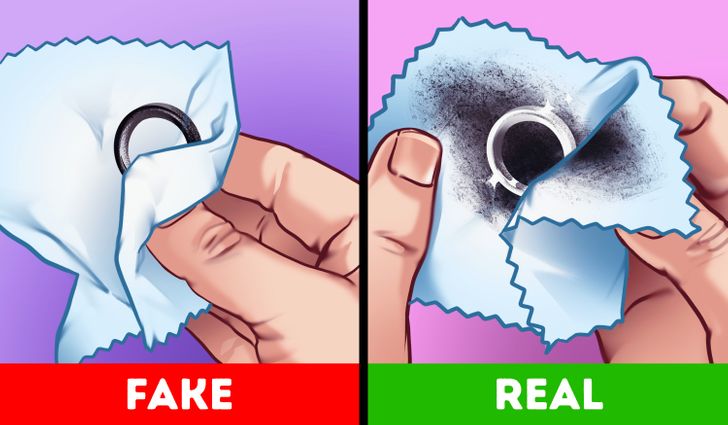
Silver can oxidize and, not only that, but it can also tarnish fairly easily. However, it can be polished back to its original, sleek color no matter how much time has passed. On the other hand, fake silver will lose its shine over time, but no amount of polishing will return its original shiny tone. Rust or a lack of oxidation actually indicates that the item is made of a different material from silver.
What you’ll need:
- A soft white cloth
Instructions:
- Rub the tarnished piece, as if you were polishing it. If no black residue appears on your cloth, it’s not silver.
5. Do the ice test.
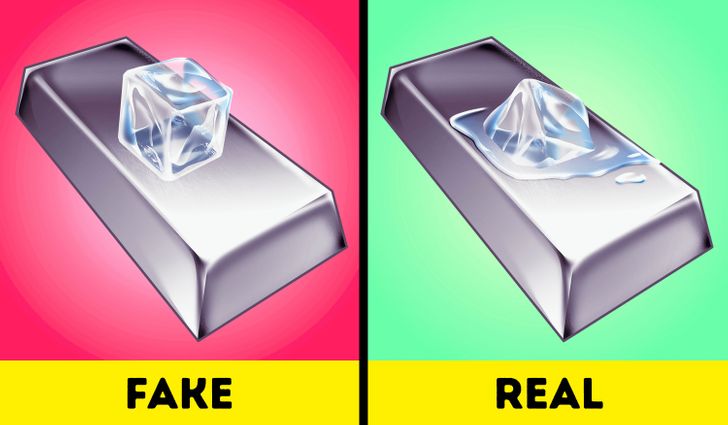
Silver has the highest thermal conductivity of any common metal or alloy, which means that even at room temperature, silver items will make ice melt very quickly.
What you’ll need:
- An ice cube
Instructions:
- Take a cube of ice and put it on top of the silver item. If it melts faster than normal, it probably is silver.